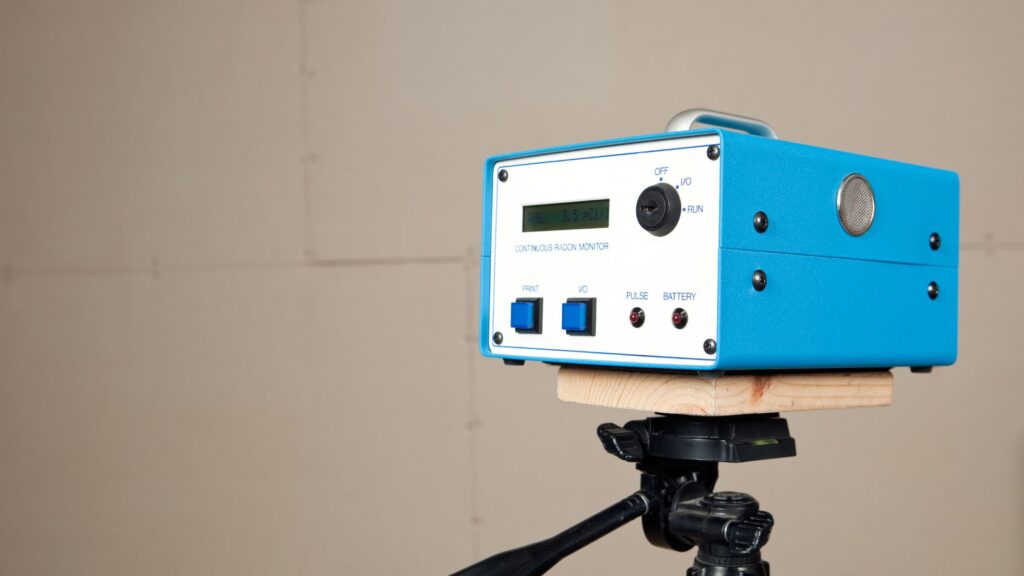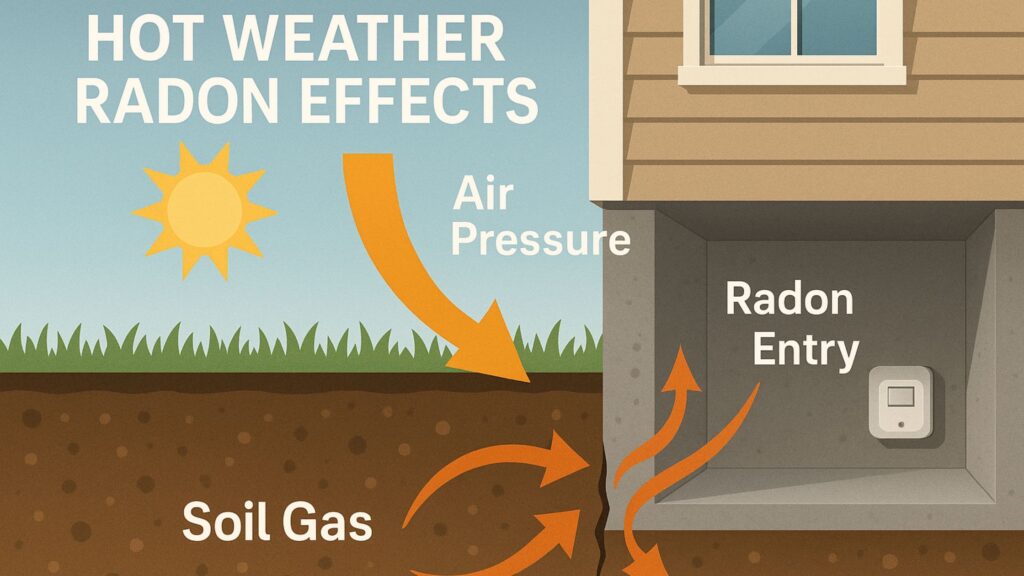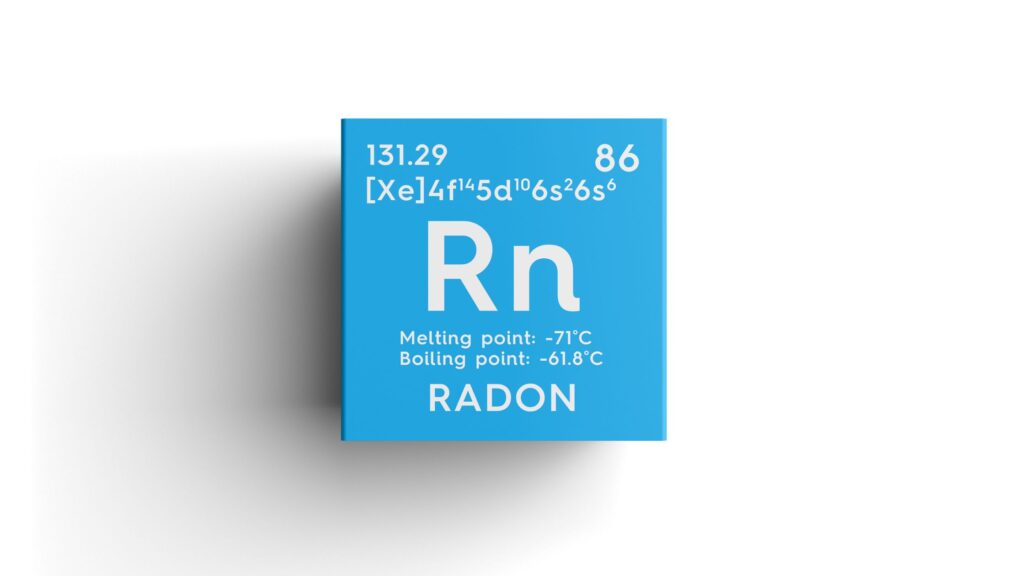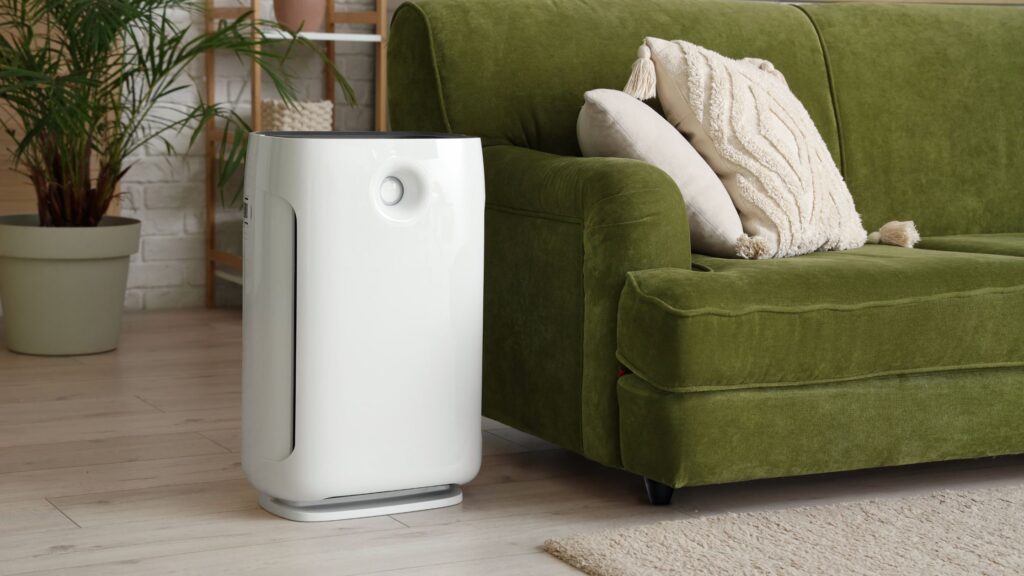Radon is a hidden danger that can enter homes and buildings without any signs, creating serious health risks. This is why radon tests and mitigation are so important. Testing helps you detect unsafe levels early, while mitigation systems lower radon to safe levels inside your home. In this guide, we’ll walk you through how testing works, the proven methods to reduce radon, and how to find reliable local experts to keep your family safe.

1. Understanding the Importance of Radon Test and Mitigation
Radon is invisible, odorless, and impossible to detect without proper testing, yet it is the second leading cause of lung cancer after smoking. In regions like central Iowa, including Des Moines, elevated radon levels are common because of the soil composition. By making radon test and mitigation a priority, you safeguard your family’s health and keep your home safe for the long term. Learn more about Radon Mitigation Technology.
2. What Happens During a Radon Test
Every reliable radon test and mitigation process starts with accurate testing. Certified professionals use specialized tools to measure radon levels, either through a quick short-term test or a more detailed long-term test.
The testing process usually includes:
- Choosing the right test location, often the lowest livable level of the home.
- Collecting radon data for the recommended testing period.
- Reviewing and analyzing the results to determine if radon is present at unsafe levels.
This careful approach ensures you know whether mitigation is needed and helps identify the most effective solution to keep your home safe.

3. Choosing Between Short-Term and Long-Term Testing
As part of a radon test and mitigation plan, you can choose between two main testing methods:
Short-Term Testing:
This type of test measures radon levels over a brief period, usually between 2 to 7 days. It’s a quick way to get initial results and can help identify if radon is present. However, readings may vary depending on weather patterns, ventilation, and how your home is used during the test.
Long-Term Testing:
Running anywhere from 91 days to a full year, this method provides a much clearer and more reliable picture of your home’s average radon exposure. Because it accounts for seasonal and lifestyle changes, it is often considered the best way to confirm whether mitigation is needed.
4. Proven Mitigation Solutions That Work
When testing reveals elevated radon levels, the next step is implementing a proven mitigation system. The most widely used and effective method is Active Soil Depressurization (ASD). This technique seals foundation cracks and uses a network of vent pipes and fans to pull radon from beneath the home and release it safely above the roofline.Other effective solutions within a radon test and mitigation plan include:
- Sub-membrane suction for crawlspaces – This method covers exposed soil in crawlspaces with a strong plastic sheet, then vents radon gas outdoors before it seeps into living areas.
- Enhanced ventilation systems – Air exchangers and similar solutions bring in fresh outdoor air while pushing out radon buildup, helping lower indoor levels and improve air circulation.
- Foundation-specific strategies – Homes with basements, slab-on-grade floors, or other structural layouts often need tailored systems that address their unique radon entry points.
By tailoring mitigation methods to your home’s design, these systems ensure radon levels are lowered to safe standards, keeping your family protected and your property secure.
5. Post-Mitigation Monitoring and Maintenance
Testing and installing a system is just the beginning of a complete radon test and mitigation plan. After mitigation, professionals conduct a follow-up test to confirm that indoor radon levels have dropped below the recommended safety limits. To keep your home protected long term, both experts and the EPA recommend that you:
A. Retest every two years to verify continued safety.
B. Inspect your mitigation system regularly, paying special attention to fans, vent pipes, and seals.
C. Re-test after home renovations or structural changes, since they can affect airflow and radon levels.
Ongoing maintenance ensures your mitigation system remains effective, reliable, and long-lasting—providing lasting peace of mind for you and your family.
6. Selecting a Reliable Local Provider for Radon Test and Mitigation
Choosing the right experts is a critical part of a successful radon test and mitigation process. The quality of the provider directly impacts your home’s long-term safety. When evaluating a company, look for these key qualities:
- Certified technicians – Work with experts, such as NEHA-certified professionals, who follow strict industry standards to ensure accurate testing and reliable mitigation.
- Local experience – Choose providers with hands-on knowledge of areas like Des Moines and central Iowa, where soil conditions often contribute to higher radon levels.
- Comprehensive services – Look for companies that handle more than just home testing. The best professionals also test and mitigate air and waterborne radon, and provide services for schools and commercial properties.
- Clear communication – A trustworthy provider explains the process in detail, shares results openly, and installs systems with care and respect for your home.
- Strong reputation – Proven customer satisfaction, positive reviews, and a solid community presence reflect a provider’s reliability and long-term trustworthiness.
By choosing a local expert who meets these standards, you ensure your radon problem is fully resolved—not just managed temporarily

7. Conclusion
Protecting your family and home begins with reliable radon tests and mitigation. With accurate testing, effective mitigation systems, and consistent follow-ups, you can greatly reduce health risks while ensuring safe indoor air for the long term. The key is working with professionals who understand both the science of radon and the unique conditions of your community.For trusted local expertise in radon test and mitigation, visit Des Moines Radon.





